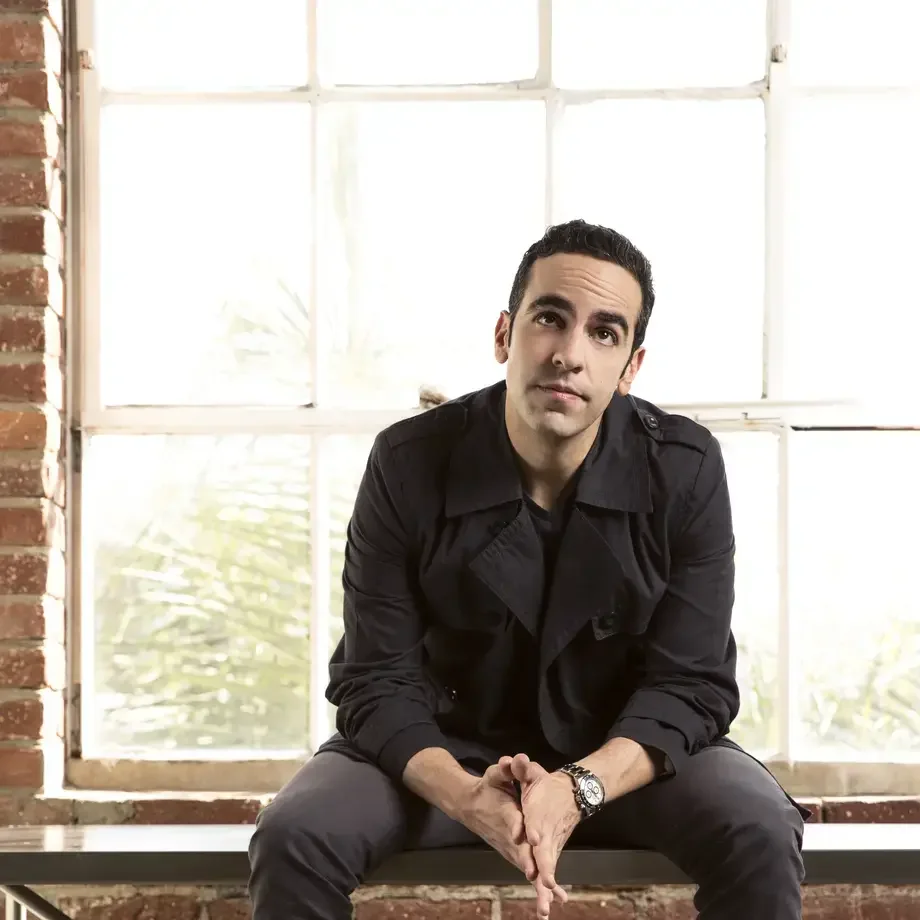For a chef, a recipe can be as personal, unique and important, as a book for a writer. So one would assume it should have the same legal protection, right? A recipe as intellectual property?
Fine Dining Lovers contacted a number of experts and looked at the way a recipe can be protected.
Copyright
Copyright law protects the authors or creators of original works, like musical or literary works, in a tangible form. But could a recipe be such a work? Martin Berger of the Swedish Patent and Registration Office, explains:
"Although recipes can contain a lot of text and information, in principle they can’t be protected by copyright since a recipe only contains the name of the ingredients with the right proportions of for example sugar, flour and butter and then some instructions how to make a cake. Such an instruction is neither original nor individual and does not qualify as a work of art."
It’s a pity that this point of view doesn’t take into consideration the creativity of a chef and the importance of cooking the ingredients in a specific order or quantities, as well as using unique cooking techniques. However, copyright is only one possible way to protect the unique creations of chefs, as we will see later.
In the US, a landmark case on recipes was Publications International vs Meredith, about a book of yogurt recipes by a famous international brand, where the court stated: "The identification of ingredients necessary for the preparation of each dish is a statement of facts." So it seems copyright is not of much help, though Natasha Reed, copyright expert at the Foley Hoag LLP law firm in New York City, points Fine Dining Lovers the way to some exceptions: "Copyright law does not protect merely utilitarian articles, ideas, facts, or formulas. Since food is a useful article, copyright law will apply only if the food incorporates highly creative features that are separable (either physically or conceptually) from the food’s utilitarian features. An example here is Caitilin Freeman’s Mondrian cake."











